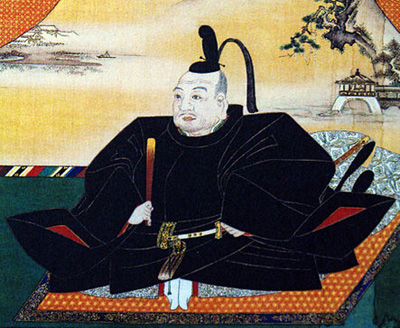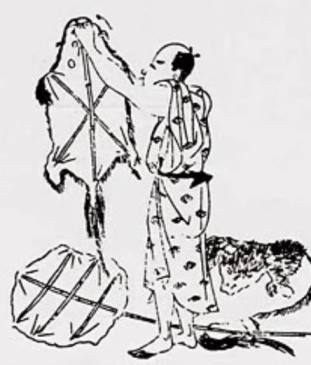|
The Feudal Social Classes |
|
 |
The Emperor and the imperial family had the highest
social status. He was a figurehead, a leader in name only. He
was the religious leader, but had little political power, and in
reality was under control of the shogun's clan. |
 |
The shogun was the military leader of the most powerful
of the Emperor's noble clans. The clans often fought to acquire this
high social status. The shogun was the actual political ruler.
|
 |
Daimyo
The daimyos were the nobles and the shogun's representatives. They ran
the estates according to the shogun's rules. Their swords were
their most valuable possessions because they were required to
use them often to demonstrate their loyalty to the shogun. |
 |
The samurai were professional warriors of the military
aristocracy. They were loyal to the shogun and daimyos, in whose
castles they resided.
|
 |
Peasants The peasants (90% of the population) included farmers and fishermen. They had very low social status, no political power and were very poor. They were valued because they produced the food for all other classes, and often made the material for clothing.
The peasants paid taxes to
the daimyos and shogun in the form of rice and work. Often
peasants starved when they had to give up more than two-thirds
of the year's crops to the upper classes in return for being
able to remain on the land. |
 |
Artisans Accumulated income through the making tools, weapons and other products.
The artisan crafted a variety of products including art, cooking
pots, fish hooks, farm tools, utensils, ship anchors and swords.
The artisans, who were well-known for their exceptional swords,
were highly respected. |
 |
Merchants Bought and sold goods to other people. They were the traveling traders and shop keepers, and were ostracized as "parasites" who profited from the labor of the more productive peasant and artisan classes. Not only did merchants live in a separate section of each city, but the higher classes were forbidden to mix with them except on business. Nonetheless, many merchant families were able to amass large fortunes. |
 |
Eta They engaged in occupations considered unclean. The eta worked in areas such as the slaughtering and skinning of animals, sewerage and the tanning of hides. They had no rights, and their lives were strictly regulated. They could live only in specified areas and were forbidden to marry members of other classes. |
| From (with some changes): http://asianhistory.about.com/od/japan/p/ShogJapanClass.htm | |